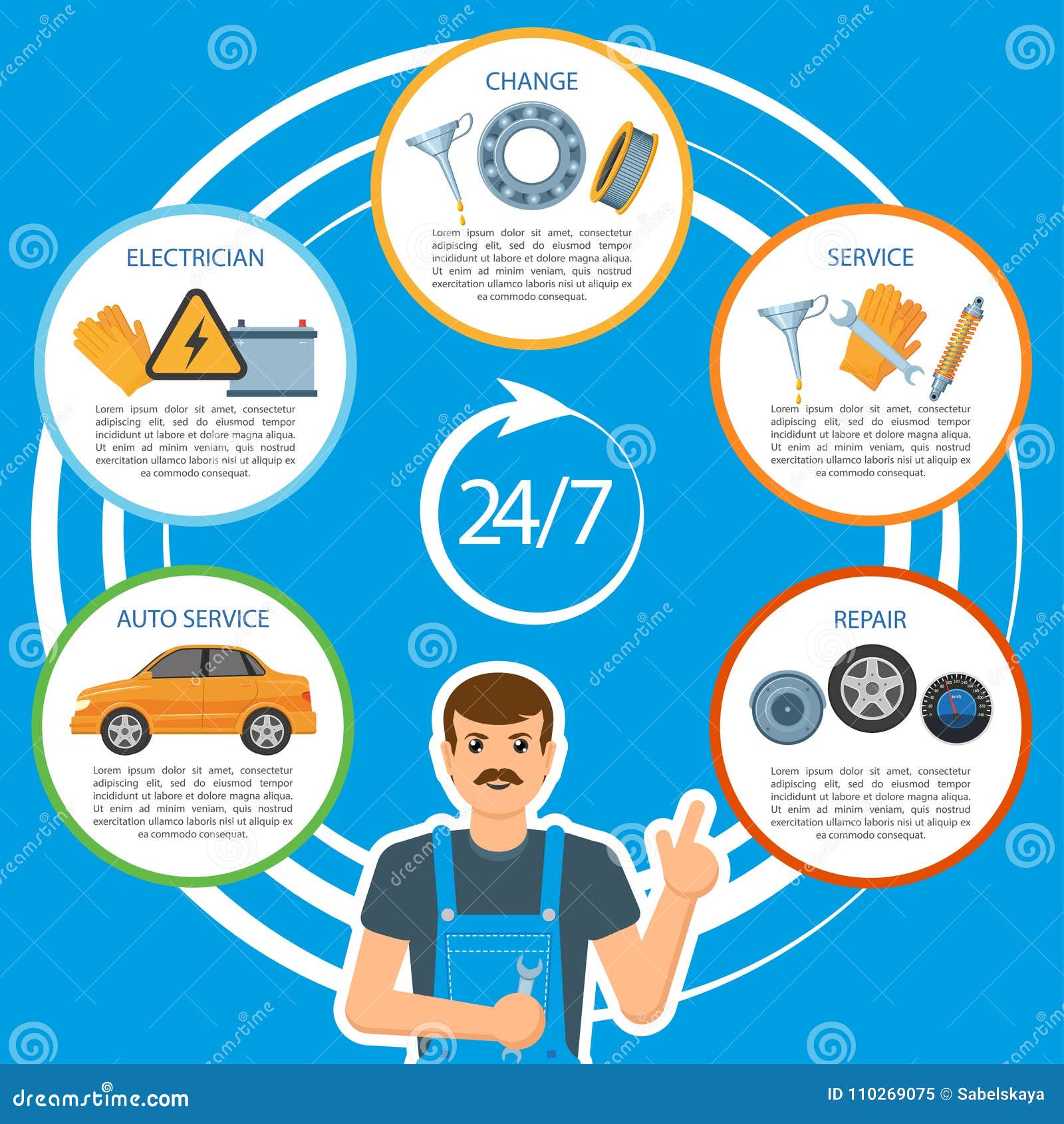Understanding Your Car'S Warning Lights: What Do They Actually Mean?
Understanding Your Car'S Warning Lights: What Do They Actually Mean?
Blog Article
Content Writer-Lim Stark
When you're behind the wheel, those beautiful warning lights on your control panel can be a bit complicated. Do you understand what they're trying to tell you about your auto's wellness? Recognizing the importance of these lights is essential for your safety and the longevity of your automobile. So, the next time among those lights appears, would not you wish to decode its message properly and take the needed actions to address it?
Common Caution Lighting and Interpretations
Determine typical warning lights in your auto and comprehend their definitions to ensure risk-free driving.
The most normal warning lights consist of the check engine light, which signals issues with the engine or discharges system. If this light comes on, it's vital to have your vehicle checked quickly.
The oil pressure cautioning light indicates reduced oil pressure, requiring prompt focus to avoid engine damage.
A flashing battery light may recommend a damaged billing system, possibly leaving you stranded otherwise dealt with.
The tire stress surveillance system (TPMS) light informs you to reduced tire stress, influencing car security and gas effectiveness. Neglecting this might lead to dangerous driving problems.
The abdominal muscle light shows a trouble with the anti-lock braking system, compromising your capacity to quit quickly in emergency situations.
Finally, the coolant temperature level advising light warns of engine overheating, which can lead to serious damages otherwise resolved quickly.
Comprehending these common caution lights will certainly aid you address problems promptly and preserve safe driving problems.
Importance of Prompt Attention
Recognizing the usual caution lights in your car is only the very first step; the relevance of immediately resolving these cautions can't be emphasized enough to guarantee your security when driving.
When a caution light brightens on your control panel, it's your cars and truck's way of interacting a possible issue that requires focus. Disregarding these cautions can cause a lot more extreme troubles down the road, endangering your safety and potentially costing you more out of commission.
mobilecarwashnearme to cautioning lights can stop break downs and accidents. For https://edgarrlgau.bloggactif.com/32196515/suggestions-on-exactly-how-to-select-a-qualified-vehicle-repair-facility-in-your-area , a blinking check engine light could show a misfire that, if left neglected, might trigger damage to the catalytic converter. Resolving this promptly can conserve you from a pricey repair service.
Likewise, a brake system advising light could signal reduced brake fluid or used brake pads, vital parts for your safety and security when driving.
Do It Yourself Troubleshooting Tips
If you discover a warning light on your control panel, there are a few DIY fixing suggestions you can try before looking for expert aid.
The primary step is to consult your car's guidebook to comprehend what the details caution light suggests. Occasionally the problem can be as easy as a loosened gas cap triggering the check engine light. Tightening up the gas cap might resolve the trouble.
Another common problem is a reduced battery, which can trigger numerous cautioning lights. Inspecting the battery links for deterioration and guaranteeing they're safe might deal with the issue.
If a caution light persists, you can try resetting it by separating the cars and truck's battery for a couple of minutes and after that reconnecting it. In addition, inspecting your automobile's liquid degrees, such as oil, coolant, and brake fluid, can aid troubleshoot advising lights related to these systems.
Conclusion
Finally, understanding your cars and truck's caution lights is vital for keeping your automobile running efficiently and safely. By without delay dealing with these alerts and understanding what they suggest, you can avoid costly repair services and potential failures.
Bear in mind to consult your car's guidebook for certain details on each warning light and take action accordingly to make sure a trouble-free driving experience.
Keep notified, stay get redirected here -free when driving!
